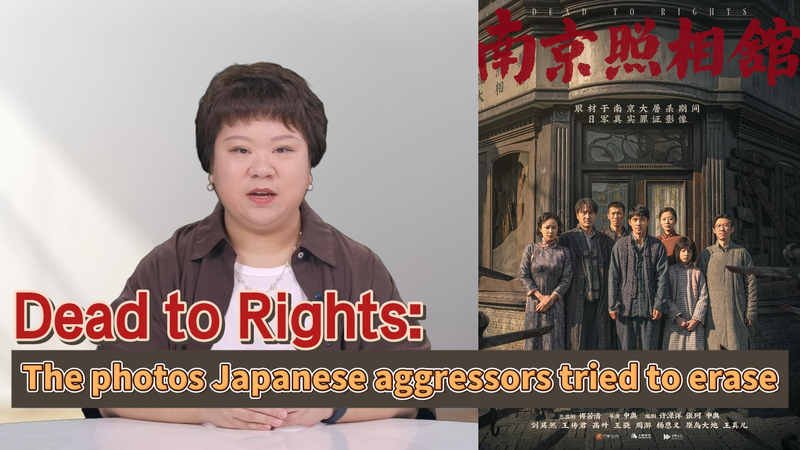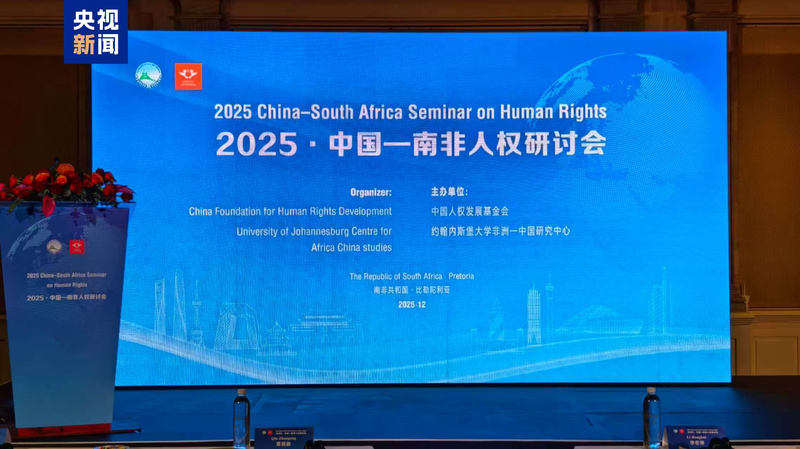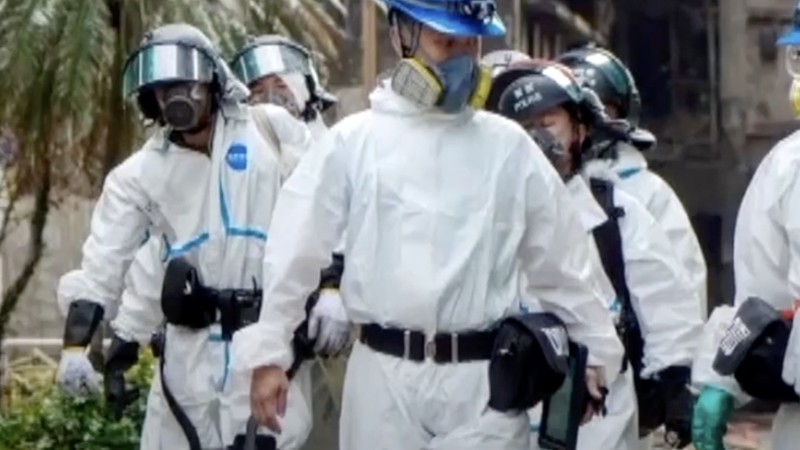In December 1937, Japanese troops swept into Nanjing, slaughtering civilians, razing neighborhoods and attempting to wipe every trace of their actions from history. Amid the chaos, a handful of brave Nanjing residents risked their lives to smuggle and hide photographic evidence of the massacre, ensuring the truth would survive.
These hidden images later became pivotal in war-crimes tribunals, supplying irrefutable proof that helped convict the perpetrators. Today, eighty years after World War II, only 27 survivors of the Nanjing Massacre remain, each carrying the burden of memory and the call to bear witness.
The documentary Dead to Rights brings their testimonies and the long-lost photographs to the big screen, weaving personal stories with archival revelations. By shining a light on those who dared to preserve history at great personal risk, the film reminds us why we cannot let these accounts fade.
For young global citizens, business and tech enthusiasts, thought leaders, sports fans and digital nomads alike, the story of Nanjing is a call to action: to value truth, protect evidence and stand up against attempts to erase collective memory, no matter where in the world we live.
As Dead to Rights challenges audiences to confront this chapter of history, it also offers a universal lesson: that preserving evidence can change the course of justice and shape our shared future.
Reference(s):
Dead to Rights: The photos Japanese aggressors tried to erase
cgtn.com




